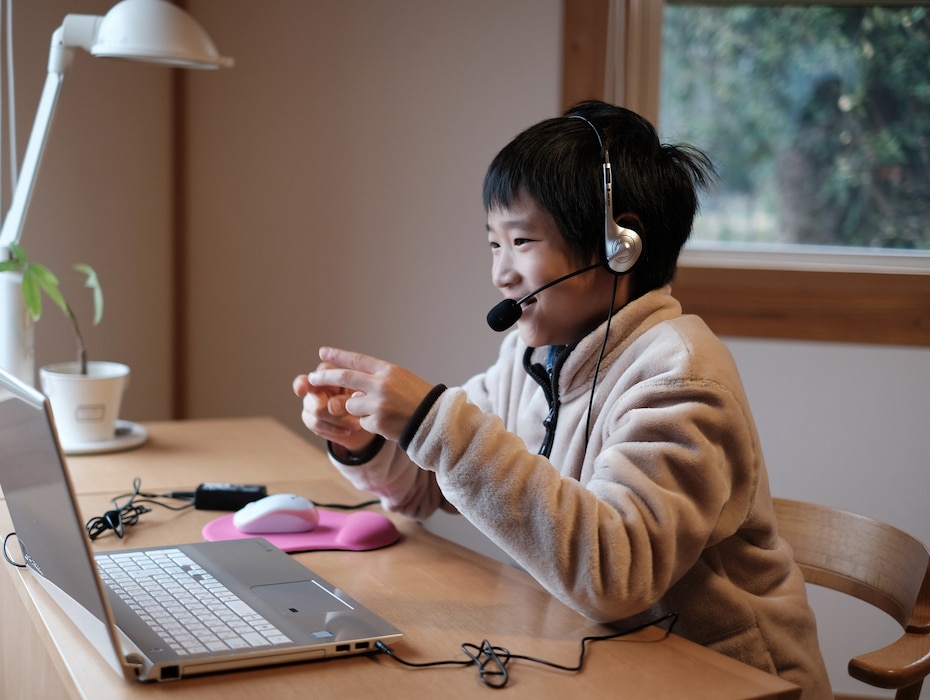Highlights:
- IT departments face challenges including effectively supporting students and integrating technologies
- A unified communications platform can streamline workflows and processes
- With capabilities such as contact center functionality and integration into learning management systems, unified communications platforms save time for IT teams
When you think about virtual learning, what adjectives would you use to describe it at your school? Would you use the words “streamlined” and “efficient”? Or would you use other, more negative descriptors?
Virtual learning can be a streamlined process that seamlessly integrates with existing workflows at your school. Leveraging a unified communications platform can make that a reality.
🔑 What’s the key to communication planning for education? Grab our Guide to find out.
The challenges facing IT departments in higher education today
Today’s IT departments at higher education institutions face a number of challenges. We’ll talk about two of those challenges here briefly:
- Student success support
- Digital integration
“Student success support” refers to the steps IT departments can take to support student success. Supporting student success looks like:
- Making the enrollment and registration process easy
- Reducing IT tickets and resolving existing tickets quickly
- Implementing new technologies
“Digital integration” means ensuring the smooth integration, interoperability, and coordination of all applications in use at the school. When applications aren’t integrated, they don’t “talk” to each other and share important information.
The role of unified communications platforms in virtual learning
A unified communications platform is a solution that offers several communications tools (telephony, chat, and video conference) combined with collaboration capabilities such as file sharing in a single place.
The most obvious use of unified communications platforms in virtual learning is delivering lessons to students. As mentioned previously, unified communications platforms offer video conferencing capabilities, so instructors can see their students face-to-face.
Yet, there are other ways in which unified communications platforms can play a role in virtual learning beyond what happens in the virtual classroom. This technology can also integrate easily into other processes and solutions in place at your school for more efficiency.
The right unified communications platform is part of a larger communications system, one that features contact center functionality. Here’s how such a platform can improve existing workflows and processes and make them more efficient:
- Route calls to the right campus destination
- Offer students, faculty, and administrators flexible communication channels (such as voice, SMS, and social)
- Integrate with learning management software platforms for ease of use
- Message all faculty, administration, and students in real time through SMS or social media
- Connect parents, faculty, staff, and students through conference calls with capacity for hundreds of participants
Route calls to the right destination
One way in which unified communications platforms can make schools more efficient is by routing calls to the right destination on campus.
Students interested in attending a school will want to talk to the admissions department about scheduling a tour or the applications process, while students who have already enrolled have questions about financial aid or registration. Even if students are learning virtually, they still need to be able to connect to the right staff member.

A unified communications platform with contact center capabilities can be configured for dedicated hotlines for admissions, financial aid, course registration, or whatever other departments you need. Additionally, users can set up personalized voice messages and an auto-receptionist to route calls to the right person at the right time.
These capabilities save time and effort for the IT team. Unified communications platforms mean you don’t have to manage point communications tools. Market-leading cloud-based unified communications tools offer an uptime SLA of 99.999%, which dramatically reduces the risk of downtime.
Flexible communications channels for students, faculty, and administrators
Today’s university and college students are largely Gen Zers, born between 1995 and early 2010s. They’ve grown up with smartphones and social media, and they feel comfortable using communications systems such as chat and texting. In a 2019 survey, half of the prospective college students said they found live chat very or extremely useful.
A unified communications platform with contact center capabilities enables schools to set up multiple touchpoints through social media chat, SMS, and telephony. Students can reach out to faculty and administrators through the channel of their choice to get the answers they need.
Integrate with learning management platforms
Learning management software serves as the backbone of virtual learning. LMS platforms make learning accessible because they’re a single location for instructors to upload lesson content, assignments, and assessments. Students and instructors can also hold digital discussions in the LMS forum.
Market-leading unified communications platforms integrate with LMS platforms. Students and instructors save time thanks to this integration because they don’t have to navigate to different software programs.
Message all faculty members, administration, and staff in real time
There are times when schools need to notify everyone on campus of what’s going on. Not everyone will necessarily check their email right away, but in today’s digital world, many people have their smartphones with them at all times.
A unified communications platform with contact center functionality allows schools to send out mass notifications (through SMS or social channels) so everyone is updated about what’s happening, even if they’re not on campus.
Connect parents, students, faculty, and staff through high-capacity conference calls
There will also be times when it will be necessary for parents, students, faculty, and staff to gather virtually to learn important information and share ideas. It’s not always possible to hold a physical “town hall,” which is why having the capability to hold high-capacity conference calls is crucial.
The right unified communications solution supports high-capacity conference calls, in which hundreds of people can participate. These calls make it easy for the school’s leadership to update students and parents as well as hear their comments about issues.
RingCentral’s unified communications platform streamlines the virtual learning experience
RingCentral’s unified communications platform makes schools’ processes and workflows more efficient and saves time for the IT staff. Contact center functionality and its ability to integrate into LMS platforms improve the student experience. To learn more, get a demo.
Originally published Aug 25, 2021, updated Dec 14, 2021





